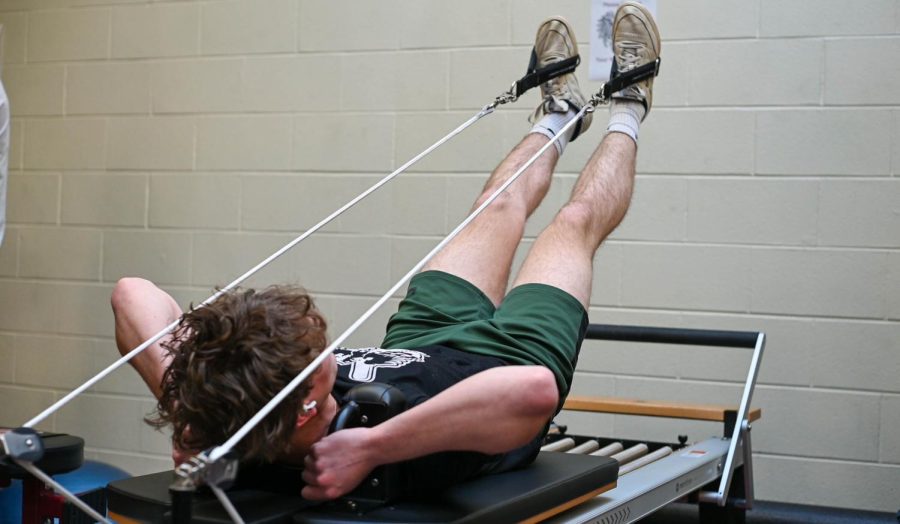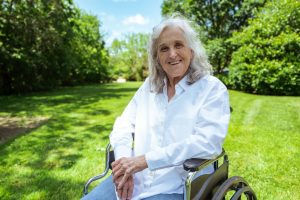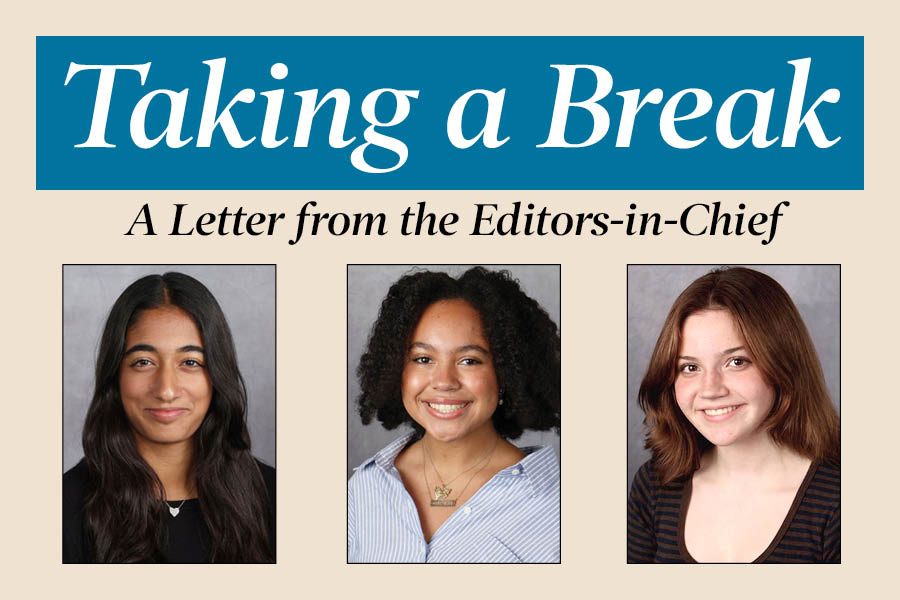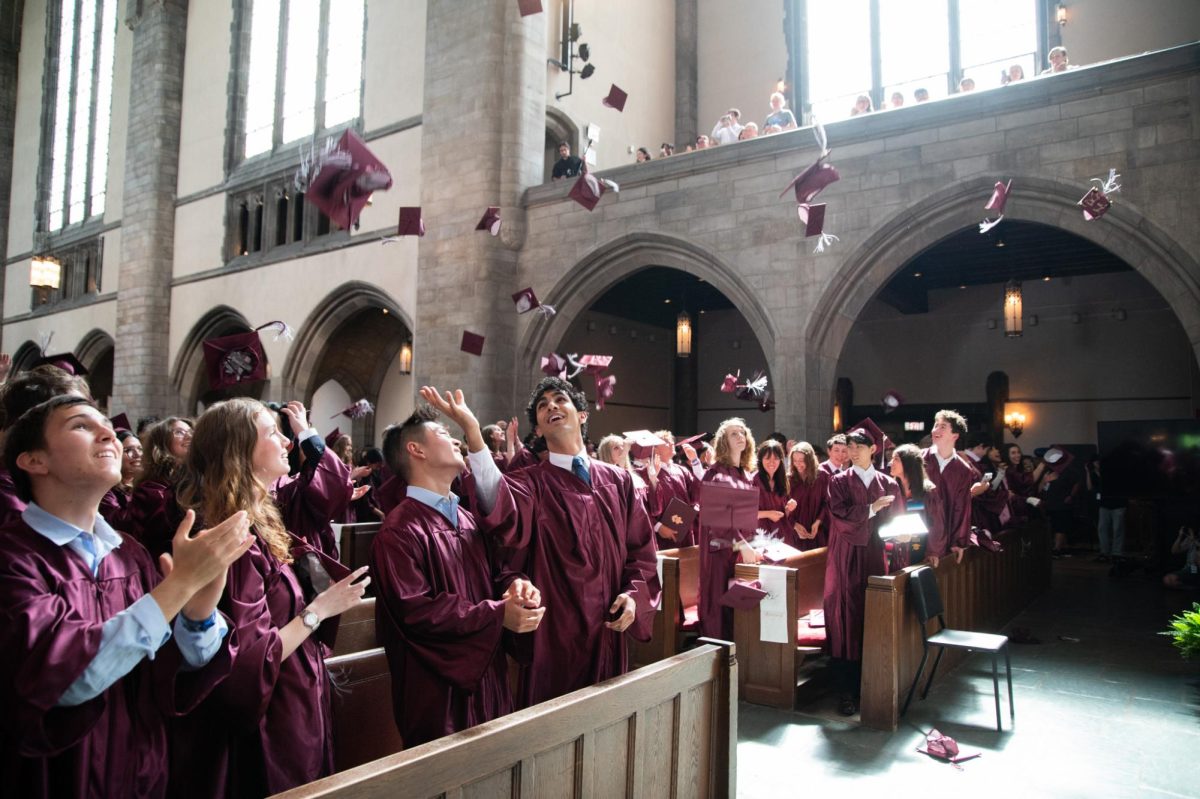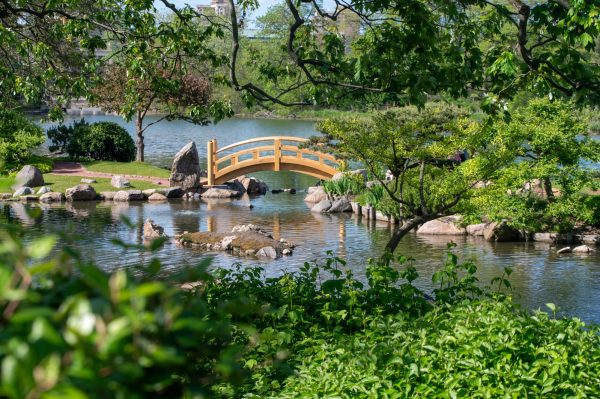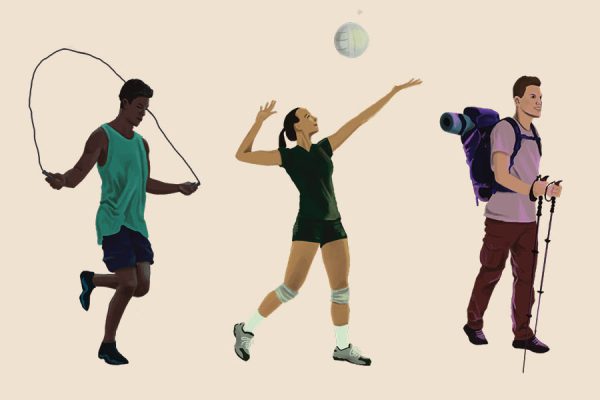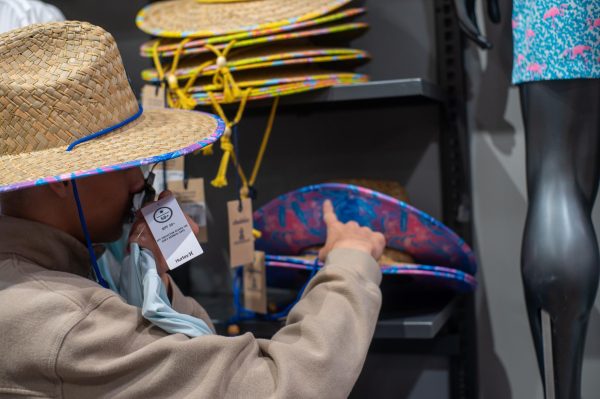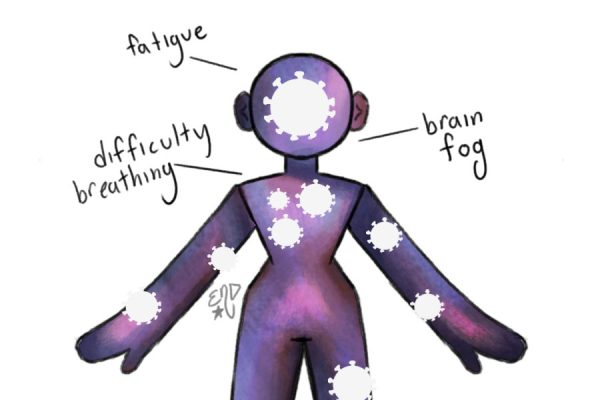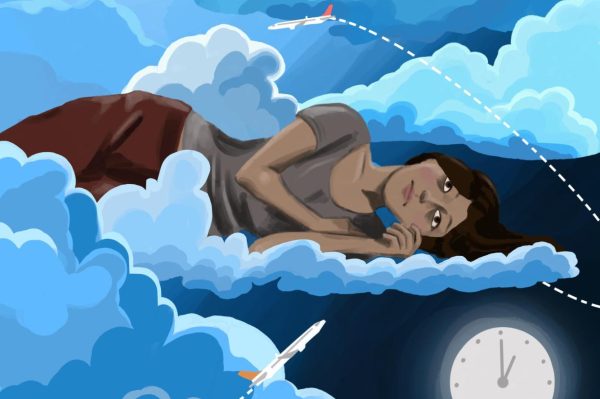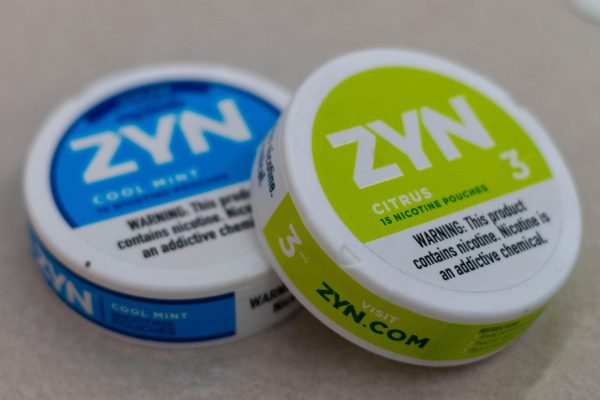Student athletes use Pilates, mindfulness as a form of exercise
Students and athletes, in particular, use pilates to practice mindfulness and get exercise.
February 7, 2023
Breathe in … and out. Breathe in … and out. A deepening visualization of a positive, relaxing environment is illustrated inside the mind of each participant as the narration of the instructor leads the dynamic of the atmosphere. All five senses are used to decrease stress and anxiety and to overcome any fears or worries that one may carry.
This is the scene of a guided imagery session, one similar to an exercise that the varsity boys soccer team participated in during the fall season. After listening to P.E. faculty, soccer coach Josh Potter decided that implementing mindfulness would be an effective method to sustain wellness within the team.
“I wanted to put an emphasis on ideas like, ‘How do we relax? How do we take a deep breath? How do we recover and get our bodies ready to play again?’” Mr. Potter said. “So I think that’s where it really came from — thinking about how do we prepare our bodies best so that they don’t break down and we don’t experience injuries all throughout the season?”
Pilates is a system of controlled exercises meant to promote flexibility and balance. Mr. Potter explained that Pilates can be an effective substitute based on technique for, or addition to, exercises focusing on pure strength.
“In terms of resistance training, we think of it as just weightlifting in the weight room. You put weight on the barbell, you pick up a dumbbell, and you’re just throwing metal around,” Mr. Potter said. “Pilates is a little bit more of an eloquent balancing act where you’re using all of your muscles to really keep yourself in place. And so I would say for someone who doesn’t enjoy resistance training, Pilates is a great alternative for it. Now, a combination is even better, but I would say if someone is to try this or explore this option, then I think it’s a fantastic way to stay in shape.”
After taking a Pilates class for P.E., junior Stella Sturgill recently started her own Pilates schedule. As a player on the girls soccer team, Stella believes Pilates will help to avoid injuries. Stella said she was surprised by the unexpected difficulties Pilates posed but enjoyed the challenge overall.
“You have to use a lot of flexibility and balance, and it targets very specific, isolated muscles,” Stella said. “It’s definitely a different kind of working out for which you need a lot more focus and need to be a lot more conscious of what you’re doing. You have to be more in tune with what your body’s movements are going through and all that, because it’s a lot more about balance than any other form of working out. But, I really liked it, […] and I’m actually planning to do it throughout the season.”
According to Tribe Pilates, since individual routines can be adjusted to specific preferences, anybody can do Pilates, regardless of age or activity level. Mr. Potter shared the same message.
“I often think about my parents now. One of the things I’m always talking to them about is, like, ‘You need to stretch, so your muscles don’t tighten up and you can’t walk up the stairs at a certain point,” Mr. Potter said. “I would all in all say Pilates are a really good thing for everyone in the community to be doing.”
Motives for developing a Pilates or mindfulness routine may differ depending on the person. While student athletes may want to prevent injuries, faculty may want to maintain flexibility into old age. After all, the bottom line is that everybody knows how to breathe in … and out. Breathe in … and out.



